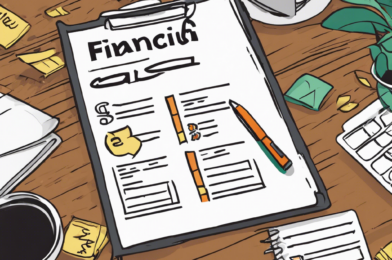Zero-based budgeting is a powerful tool that can revolutionize the way you manage your finances and achieve your financial goals. It’s an approach that challenges the traditional budgeting methods and encourages a more conscious and intentional use of your money. So, what exactly is zero-based budgeting, and how can you implement it in your life?
At its core, zero-based budgeting is a financial planning method where you allocate all your income to specific expenses, savings, and debt repayment categories, ensuring that every dollar has a purpose. This differs from traditional budgeting, where you might only focus on discretionary spending or simply tracking expenses. The goal is to make your income minus expenses equal zero, hence the name. By doing so, you gain complete control over your money, ensuring that it works hard for you. With zero-based budgeting, you actively decide how you want to spend and save, instead of letting your spending habits dictate your financial destiny.
To get started, gather your monthly income information and list all your expenses, including fixed costs like rent and utilities, variable expenses such as groceries and entertainment, and any debt payments. Assign every dollar of your income to these categories until you reach zero. If you have money left over, allocate it to savings, investments, or additional debt repayment. This process ensures that you’re making conscious choices about your money and not letting any dollar go unaccounted for.
The beauty of zero-based budgeting is its adaptability. If you notice that your initial budget doesn’t reflect your actual spending, you can adjust it accordingly. For instance, if you allocated $200 for dining out but consistently spend $300, adjust your budget to reflect this reality. This flexibility allows you to fine-tune your financial plan and make it work for your lifestyle.
Stay tuned for the next part of this article, where we’ll dive deeper into the benefits of zero-based budgeting and provide practical tips on making it a successful part of your financial journey.









